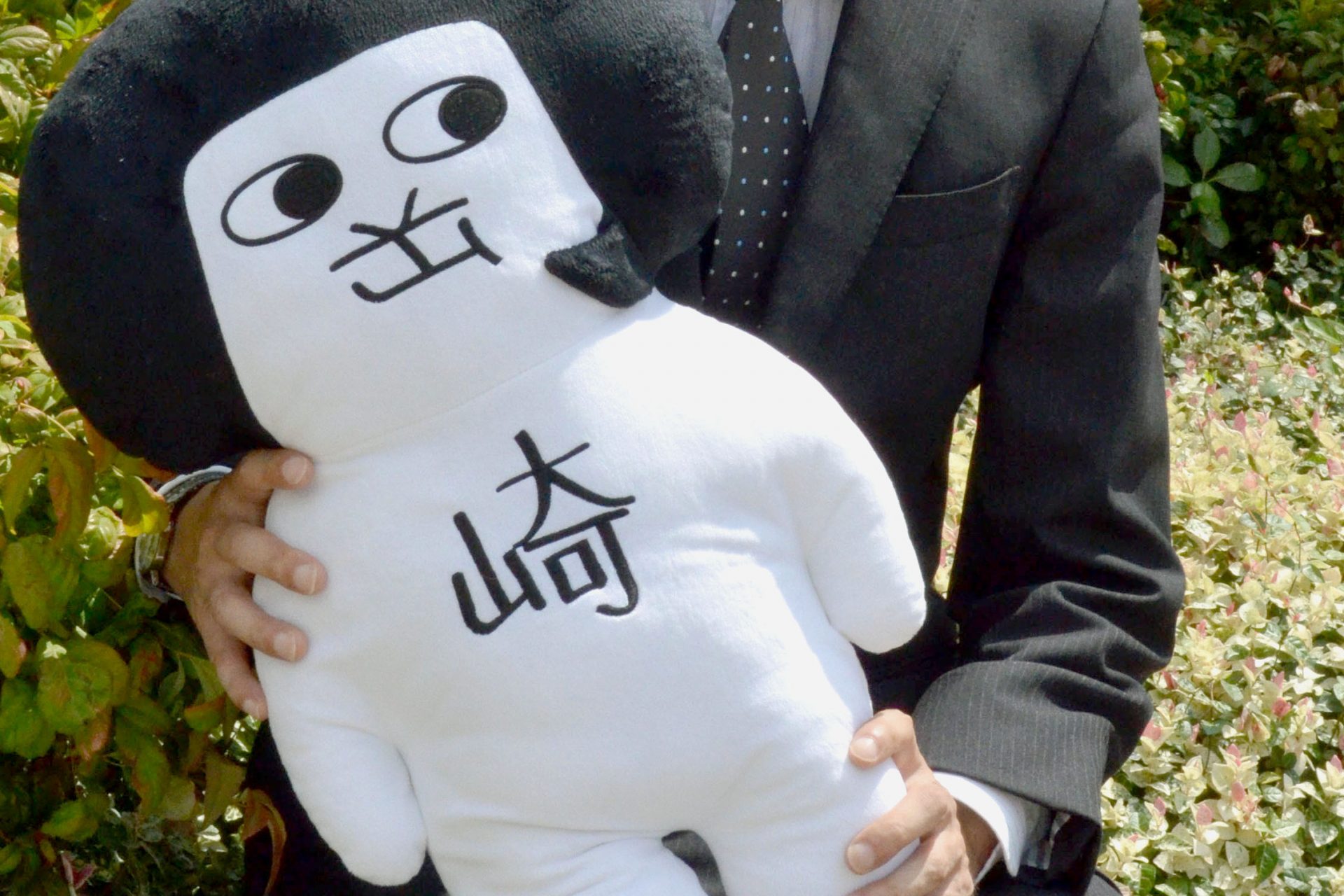Yuru-chara: The strange, adorable mascots taking over Japan
With their quirky designs and slightly offbeat appearances, Japan’s yuru-chara (literally loose or laid back characters" mascots have captivated hearts across the country. Once so popular that they inspired the annual Yuru-Chara Grand Prix competition, these mascots represent various regions and causes, bringing a blend of humor and charm to local promotion.
What began as a regional trend has now spread far and wide. Today, not only local governments but even national agencies are creating their own mascots to promote everything from tourism to public awareness campaigns.
Among yuru-chara, Kumamon is perhaps the most famous. Created in 2010 to promote Kumamoto Prefecture, Kumamon gained nationwide fame with its playful, slightly puzzled expression that stood out from the more traditional mascots. It won the inaugural Yuru-Chara Grand Prix, cementing its place as the mascot world’s trailblazer.
Standing alongside Kumamon is Funassyi, a pear-themed character representing Funabashi City. With its chaotic energy and unpredictable antics, Funassyi became an instant sensation. Interestingly, unlike many mascots funded by local governments, Funassyi was created independently by a single individual, making it a unique figure in the yuru-chara universe.
Before Kumamon and Funassyi, there was Hikonyan. Designed in 2007 to celebrate the 400th anniversary of Hikone Castle in Shiga Prefecture, this helmet-wearing cat was inspired by local legends about a beckoning cat. It helped ignite the yuru-chara boom and remains a beloved figure in mascot history.
Not every mascot finds immediate love. Created in 2008 to commemorate the 1,300th anniversary of Japan’s ancient capital, Nara, Sento-kun faced backlash for its eerie appearance—a monk-like figure with deer antlers. However, the controversy only boosted its fame, solidifying Sento-kun as a bold and unconventional trailblazer among mascots.
While most mascots exude friendliness, Melon Kuma from Yubari City, Hokkaido, takes a darker path. Combining the local specialties of Yubari melons and Hokkaido bears, its design is more horror than cute. Yet, this bold originality has earned it a cult following.
Photo: Kyodo News Images
Representing Imabari City in Ehime Prefecture, Bari-san is a chick-like mascot with a unique twist: it sports a belly-wrap made of the city’s famous Imabari towels and wears a crown modeled after a local suspension bridge. Its design nods to the area's history as a hub for grilled chicken dishes. Bari-san claimed the top spot in the 2012 Yuru-Chara Grand Prix.
Representing Sano City in Tochigi Prefecture, Sanomaru is a dog (or something similar!) sporting a hat styled after the local specialty, Sano ramen. With a skewer of imo-fry (deep-fried potato on a stick) tucked under one paw, this endearing character took the crown at the 2013 Yuru-Chara Grand Prix.
Photo: Kyodo News Images
Paying tribute to Tokugawa Ieyasu, who spent his youth at Hamamatsu Castle before uniting Japan, Shusse Daimyo Ieyasu-kun was created to celebrate the 100th anniversary of Hamamatsu City in Shizuoka Prefecture. The mascot’s hakama (traditional trousers) even features piano keys, a nod to Hamamatsu’s status as a hub for Japan’s leading piano manufacturers.
Photo: Kyodo News Images
Okazaki City in Aichi Prefecture, another place tied to Tokugawa Ieyasu, boasts its own mascot: Okazaemon. With its starkly minimalist design featuring the kanji for “Okazaki” emblazoned on its body, this mascot takes laid-back quirkiness to a whole new level.
Photo: Kyodo News Images
From Shiki City in Saitama Prefecture comes Kapal, a mascot inspired by the mythical kappa figure, which was created by the city’s Cultural and Sports Promotion Agency. Beyond local duties, Kapal plays bass in the yuru-chara band CHARAMEL, led by Funassyi, and even claimed a victory at the Yuru-Chara Grand Prix.
Photo: Kyodo News Images
Bears dominate the yuru-chara scene, and Arukuma from Nagano Prefecture is no exception. This bear mascot dons a red apple on its head to honor Nagano’s famous fruit. In 2019, Arukuma was crowned champion of the Yuru-Chara Grand Prix.
Photo: Kyodo News Images
The Yuru-Chara Grand Prix wasn’t all fun and games. According to Sankei Shimbun, the 2018 competition was tainted by voting fraud. Supporters of Konyudou-kun from Yokkaichi City in Mie Prefecture used fake email addresses to inflate votes, revealing the lengths some would go to secure the title.
Photo: Kyodo News Images
The COVID-19 pandemic hit the yuru-chara world hard. With events canceled and restrictions on mascot appearances, the Yuru-Chara Grand Prix was discontinued in 2020. However, the concept was reborn in 2023 as the “Yuru-Verse,” bringing mascots into the metaverse (spictured).
Photo: Kyodo News Images
According to local broadcaster Hokkoku Shimbun, this year’s Yuru-Verse in Noto was held in Nanao City, Ishikawa Prefecture, to support survivors of a recent earthquake in the Noto Peninsula. Mascots from across the country gathered virtually and in person, showing the enduring appeal and adaptability of Japan’s beloved yuru-chara.



























